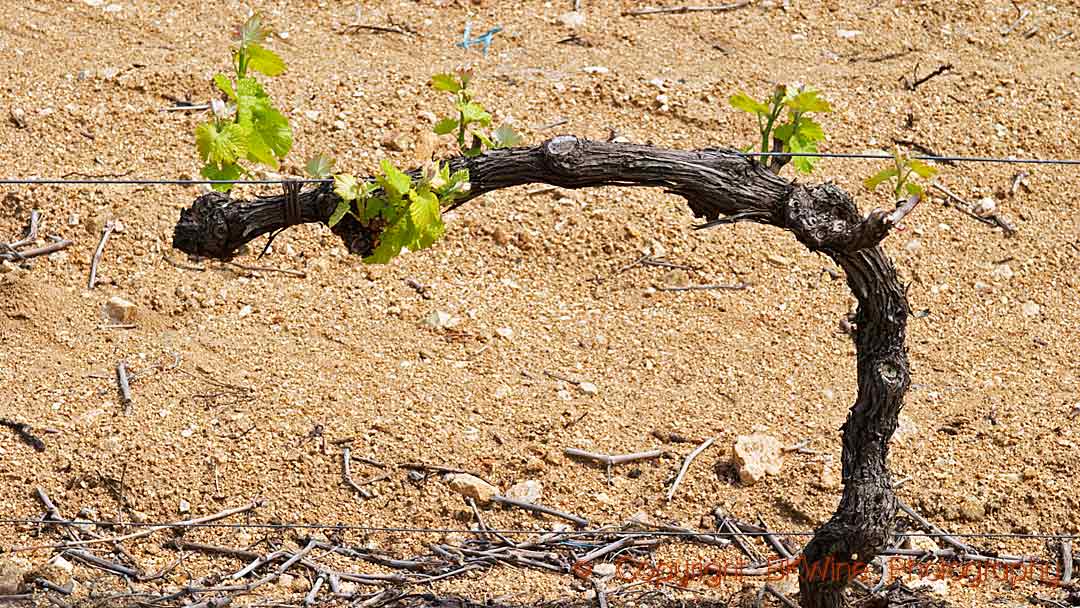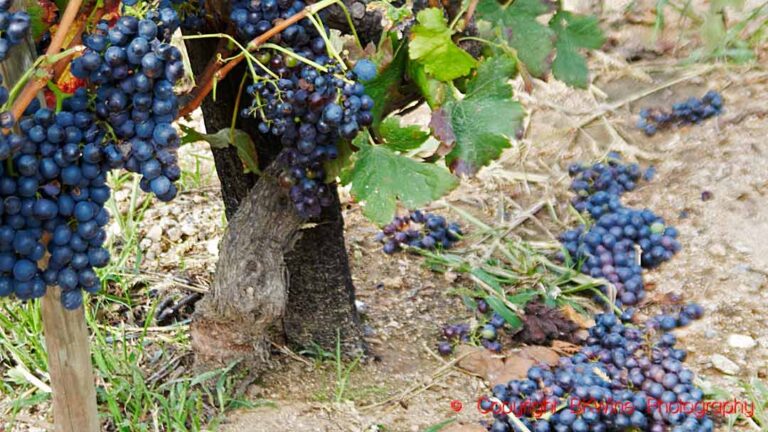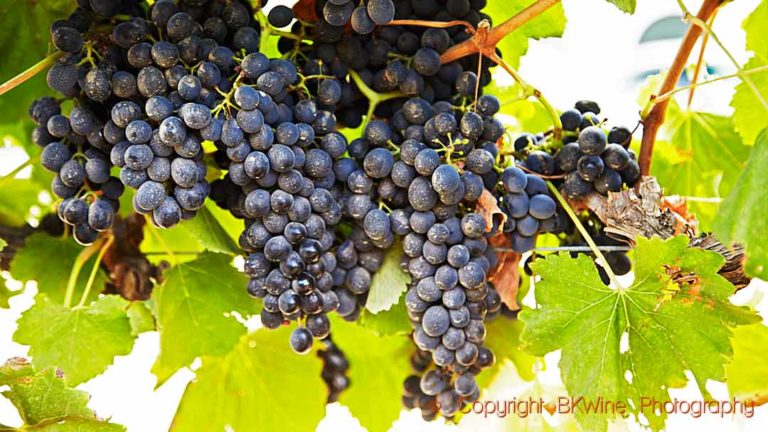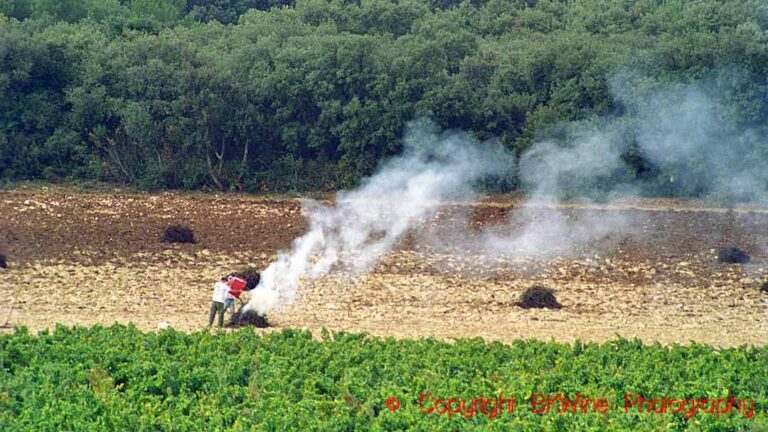How is it possible for some wines to cost so little? Is it about mass production, about advanced industrialization? A new project run by Anivin de France, the association of producers of Vin de France, in collaboration with the research institute Institut Français de la Vigne et du Vin, shows how to mechanize more efficiently the production of low-priced wines. But in a sustainable way.
In Aude in Languedoc there are two experimental vineyards of 30 hectares since 2018. The vines are trained to just over one meter in rows that are at least 200 metres long. The training is simple cordon (spur pruning) which allows mechanical pruning. This saves labour. The idea is to reduce labour per hectare from 70-80 hours to 15-20 hours. Each vine will carry 100–300 buds (which is a lot) and this will yield a harvest of at least 15–20 tonnes of grapes per hectare (~140 hl/ha).
Vin de France are wines with no more specified origin than France. They used to be called Vin de Table, table wines. They are for the most part simple, low-priced wines. The category is also sometimes used by high-quality producers whose wines fall outside the framework of appellations.
Read more: mon-viti











